I was invited to tag along on a boat trip to Ataku Island, location of a WWII era lookout bunker and home to some cranberries our boat captain had noticed on a trip earlier this year. Located near Biorka Island some miles south of town, I had been down that far in a boat in a few times, but never actually on any of the islands in the area, so it seemed like a nice opportunity.
Along the way, the seas were impressively calm (for October), with only a small swell rolling in from the Gulf of Alaska. The forecast for the day was occasional showers, and they seemed to come in the form of bands of precipitation moving through. Fortunately we left the dock as one band was reaching Sitka, and passed through another band shortly before reaching our destination (which the showers had just moved beyond), so it was a fairly dry time with a reasonable amount of sun. From the boat we saw many whales spouting (mostly in the distance). A nice rainbow made an appearance, and we also got to have some good looks at a new-for-me bird, the Cassin’s Auklet (I’ll post more about that separately).
It took a little over an hour to make the run down to where we were headed, a narrow gap between Ataku and Tava Islands. It appeared to me like they would actually be connected at a low tide (which it was not at the time we were there) by a white sand beach (I did not look closely enough to see whether it was white because of shell origins, or from the source rock). The rock in the area is not the graywacke that dominates the geology along the road system. I am not completely sure, but I think it was a sort of granite. In any case, it was lighter in color, and definitely had different weathering patterns than graywacke.
Relatively small in size, Ataku Island is impressively steep in places. I suspect this is due in part to the underlying geology, but the highest knobs were probably over 150 feet in elevation (though I don’t really know how much higher). Mostly it was forested, with a couple of small more or less untreed areas, and on the southern outer slopes it was a very open forest with fairly stunted trees.
One thing that stood out to me as I got near the top of the first knoll was how much Porella there was, apparently just growing on the ground. I don’t know which species (there are a couple of common ones), and unfortunately didn’t take the time to photograph or collect any, so it will take a return trip to investigate further. I don’t recall seeing Porella growing on the ground much before, mostly it’s been as an epiphyte on tree trunks. (That was also P. navicularis, so perhaps this was P. cordeana which is apparently more prone to growing on rocks and cliffs, less often on trees.)
I did not explore the whole island with any sort of thoroughness, but it was interesting to see various different habitats. There were sections of forest with quite a bit of cedar and plenty of understory while another section felt more like older second growth, with little or no understory (perhaps there was some cutting during the WWII work?). On the south side, there was an open forest of fairly small trees with both herbaceous and shrubby plants growing. I imagine this is kept open by fall and winter storms with attendant salt spray. On the highest knoll near the bunker, I found several shore pines of different sizes (and presumably ages) growing. I think it could be interesting to investigate further.
I did go visit the WWII observation bunker. Although the original stairs seemed to be long gone, someone had built a ladder that made getting up into the small bunker possible. It’s hard to know how many people visit each year, but I would guess several. Among the many initials written on the wall (using charred wood in the bunker – at some point in the past there was a fire in there that charred some of the wood that’s embedded in the mostly concrete structure) was an “MB” with a date of 21 June this year. On my way back to the beach I also found the remains of a cabin or two – these were fallen down piles of rotting wood and rusting metal slowly being reclaimed by the forest.
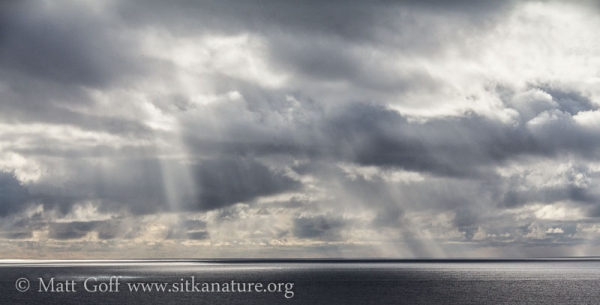
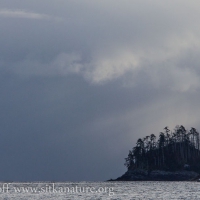
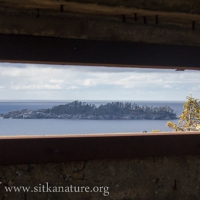
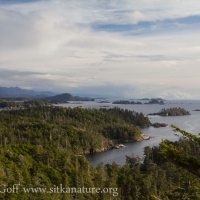

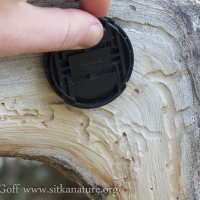

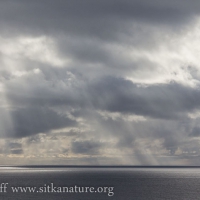

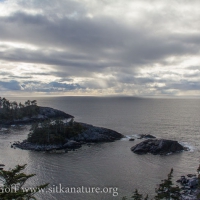
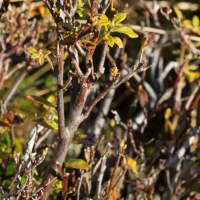
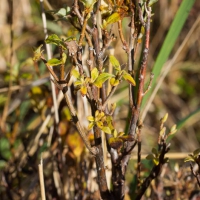
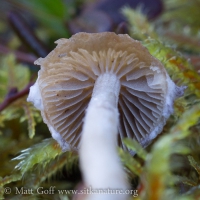

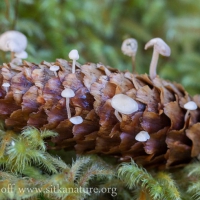
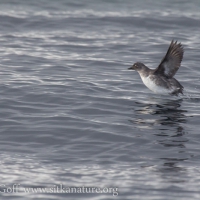
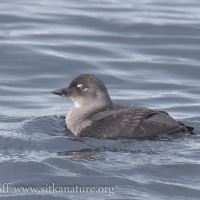
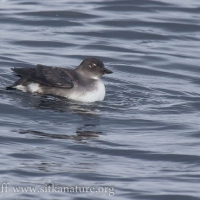
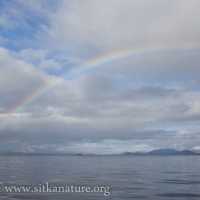
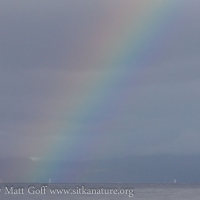
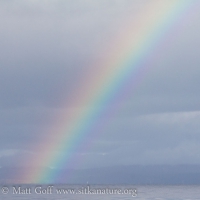
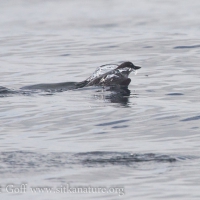
1 thought on “Trip to Ataku”